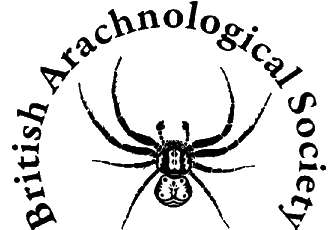Money spiders (Family Linyphiidae)

The Money Spiders belong to the family Linyphiidae. This huge family includes over 40% of the spiders found in Britain with over 270 species. Money spiders are under 5mm long.
The web
Money spiders make sheet webs to catch their prey, consisting of horizontal sheets of silk with guide threads above and below the web. These guide threads deflect their prey into the web where the spider waits patiently. One of the larger money spiders found in the garden is Neriene montana. This makes its sheet webs in any herbage it can find in the garden, but the outsides of dense shrubs and dwarf conifers are particularly popular.
The spiders
The shiny black spiders that originated the name 'money spider' belong the genus Erigone. Several of these are very common in Britain. They use a method of dispersal called 'ballooning'. The spider lets out a strand of silk into the air, wind currents lift the spider into the air, and it 'flies'.
Ballooning threads in early morning sun
At certain times of the year many millions of money spiders use this method to move to new areas. This is how spiders occasionally get caught in people's hair - it was thought when this happened the person would be coming into money - hence the name money spider! For extra good luck you are supposed to spin the spider around your head by its web before letting it go!
